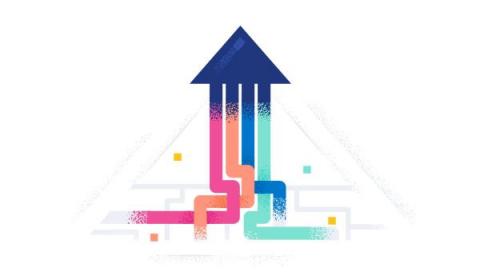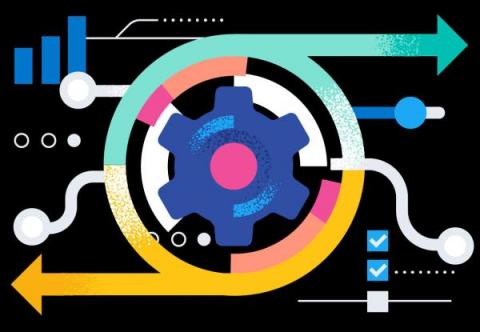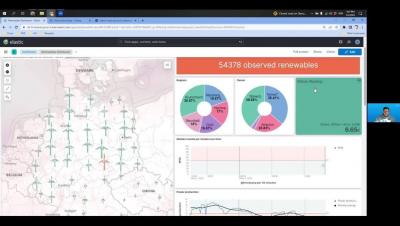Vector search in Elasticsearch: The rationale behind the design
Are you interested to learn about the characteristics of Elasticsearch for vector search and what the design looks like? As always, design decisions come with pros and cons. This blog aims to break down how we chose to build vector search in Elasticsearch.











